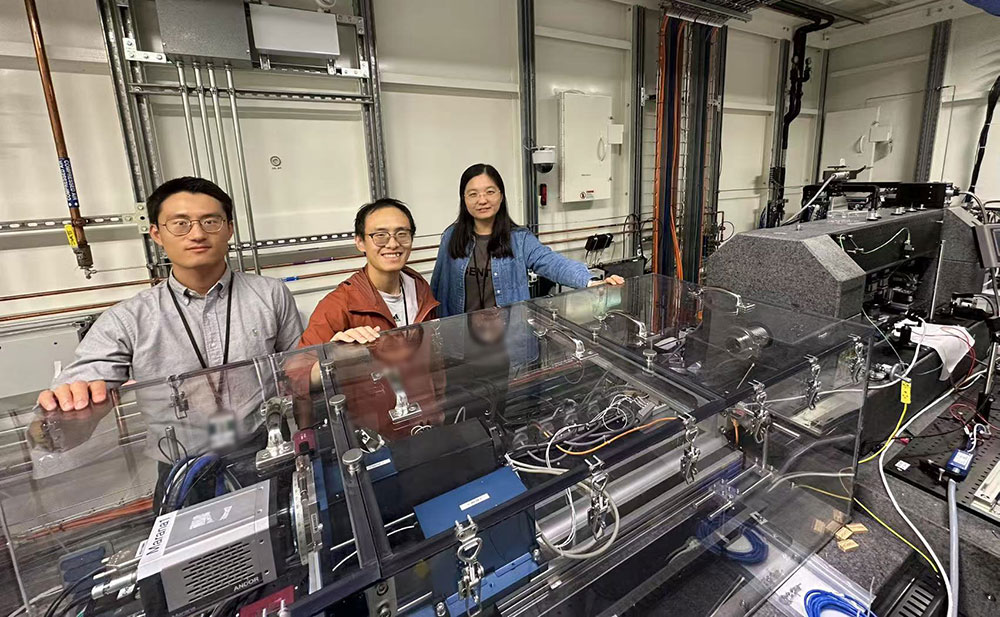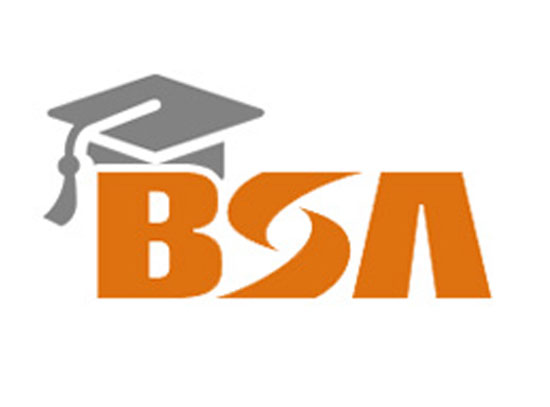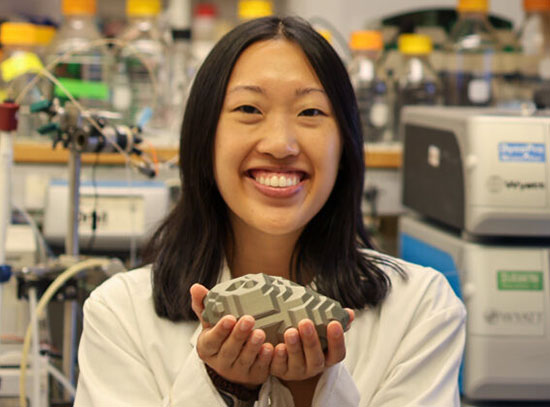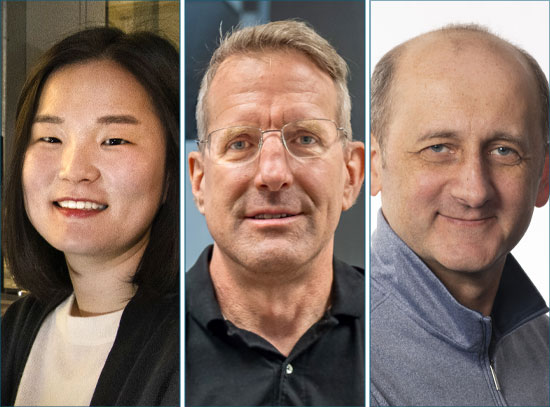Collaborative Team from Virginia Tech, George Mason University, and Brookhaven National Laboratory Wins Top Awarding in 4-VA
August 25, 2025
By Alex Parrish
 enlarge
enlarge
Jie Chen, Zhongshu Ren, and Xijin (Emma) Zhang (from left to right) use nanoscale tomographic imaging at the Full-Field X-ray Imaging (FXI) at NSLS-II to measure both the spatial resolved morphology and chemical composition of their samples. The data will be further analyzed using machine learning approaches. (Photo credit: Junyi Wang/George Mason University)
Editor’s note: The following press release was originally issued by Virginia Tech. Zhongshu Ren, a beamline scientist at the National Synchrotron Light Source II (NSLS-II) — a U.S. Department of Energy (DOE) Office of Science User Facility at DOE's Brookhaven National Laboratory — is collaborating with Virginia Tech and George Mason University on a newly awarded 4-VA research grant. As part of the project, Ren plans to leverage nanoscale tomographic imaging at the Full-Field X-ray Imaging (FXI) beamline at NSLS-II to explore cost-saving strategies to reuse construction waste materials. For more information on Brookhaven’s role in this research, contact Denise Yazak (dyazak@bnl.gov, 631-344-6371).
A multidisciplinary research team representing Virginia Tech, George Mason University, and Brookhaven National Laboratory has been awarded a 4-VA collaborative research grant to explore data-driven strategies for improving the performance and upcycling potential of construction waste materials.
Jie Chen, assistant professor in the Department of Mechanical Engineering at Virginia Tech, is a member of the research team, which also includes Xijin (Emma) Zhang from George Mason University and Zhongshu Ren from the National Synchrotron Light Source II (NSLS-II) at Brookhaven National Laboratory. Together, they bring complementary expertise in machine learning, materials research, and advanced imaging techniques to tackle complex challenges in materials processing and reuse.
Concrete is a widely used construction material and also represents a significant portion of solid waste left over after demolition activities. While the upcycling of this material can reduce disposal volume, large quantities are still discarded, presenting logistical and cost-related challenges.
The research team is exploring a novel, low-energy method to break down this material using a naturally derived compound. Their approach aims to selectively extract key components for potential reuse in high-value applications across various technology sectors. The project seeks to develop new experimental and analytical frameworks for understanding the transformation of industrial waste materials into forms suitable for advanced applications. The team will combine data-driven modeling, experimental design, and state-of-the-art synchrotron imaging at the National Synchrotron Light Source II (NSLS-II) to investigate the fundamental mechanisms that govern material conversion processes.
Funding for the project is provided by 4-VA, a nine-university partnership that supports early-stage research to enhance Virginia’s competitiveness. Grants ranging from $5,000 to $30,000 help faculty pursue pilot projects, foster collaboration, and access shared resources. The program also works with state agencies and technology partners to promote innovation, streamline education pathways, and support strategic priorities while maintaining strong academic standards.
2025-22582 | INT/EXT | Newsroom









